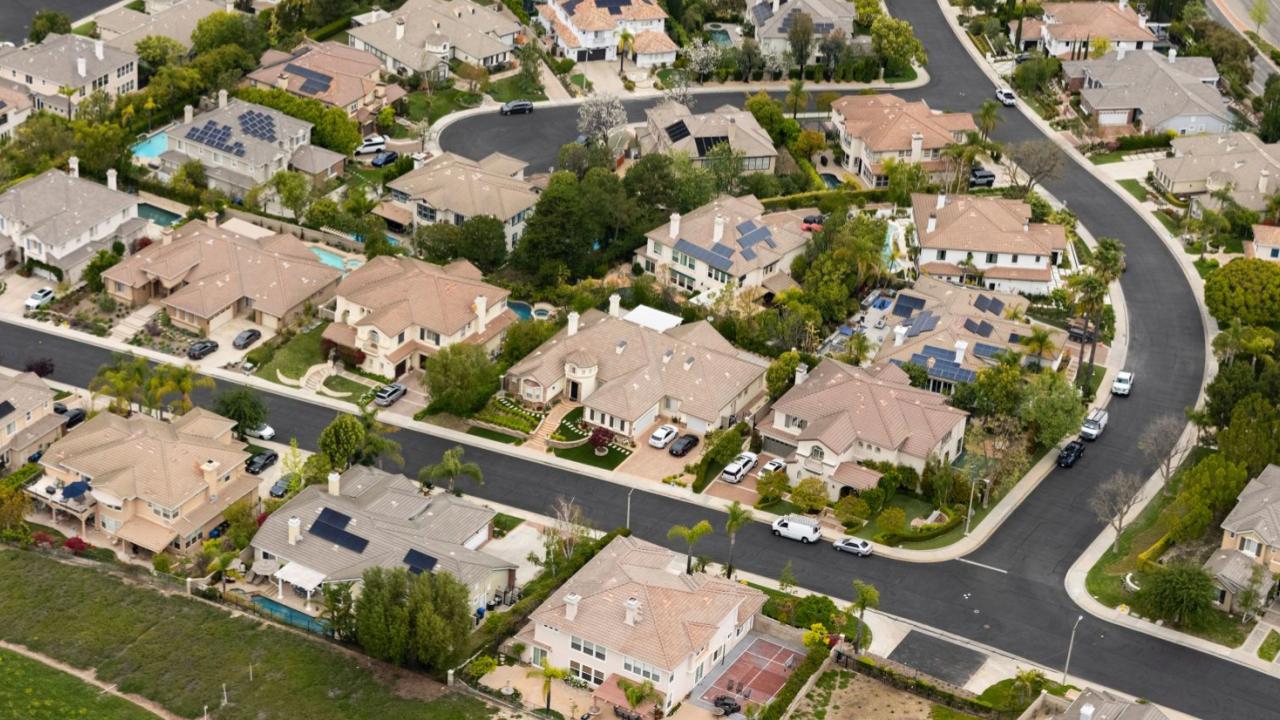SpaceX just pulled off a historic feat: launching 26 next-gen Starlink satellites into orbit during its 500th Falcon mission. If that sounds like just another rocket launch, think again. This mission isn’t just routine—it’s revolutionary, and here’s why it matters for you, me, and billions more around the globe.

SpaceX Just Launched 26 New Starlink Satellites
| Takeaway | Stat |
|---|---|
| Falcon rocket flights | 500 total launches |
| Total Starlink satellites in orbit | Over 7,600 |
| Starlink subscribers worldwide | 6 million+ |
| Satellites with direct-to-cell tech in this launch | 13 of 26 |
A Milestone Worth Celebrating
June 12, 2025, wasn’t just any other night at Vandenberg Space Force Base. At exactly 9:54 p.m. EDT, SpaceX launched Falcon 9 on its 500th mission. What stood out wasn’t just the perfect launch or the smooth sea landing of booster B1081 on its 15th flight—it was the message: space travel is no longer a novelty. It’s reliable. It’s affordable. And it’s changing fast.
I’ve followed SpaceX launches since the early 2010s, and watching this one, I felt that same electric excitement from a decade ago—only now it’s paired with awe at how far things have come.
Meet the Starlink V2-Mini Satellites
These aren’t your standard-issue orbiters. The 26 Starlink V2-Mini satellites launched are smarter, faster, and tougher. With upgraded antennas, laser crosslinks, and direct-to-cell capability, they’re designed to beam internet straight to your phone—no dishes or base stations needed.
It’s a giant leap for connectivity, especially in remote areas where laying cable isn’t just expensive—it’s impossible. Think national parks, deserts, disaster zones.
Starlink’s Growing Sky Network
With this launch, Starlink now has more than 7,600 satellites circling the Earth. That’s more than any other constellation by a long shot. And those birds aren’t just floating aimlessly—they’re powering internet in 130+ countries for over 6 million people. Schools in rural Kenya, farmers in the Midwest, research stations in the Arctic—they’re all online thanks to Starlink.

The Direct-to-Cell Revolution
Here’s the big deal: 13 of the 26 new satellites can connect directly to mobile phones. That means even in cellular dead zones, your phone could soon get a signal—for texting, calling, even browsing. It’s launching now with T-Mobile in the U.S., with other carriers joining worldwide.
In an emergency, that could mean the difference between life and death. No more “no service” when it matters most.
Why This Isn’t Just About Internet
- Affordable space access: Reusing boosters like B1081 cuts launch costs dramatically.
- Global reach: Starlink is leveling the playing field for internet access.
- Reduced latency: V2-Minis fly closer to Earth, making them faster than old-school satellites.
- Network redundancy: Thousands of satellites mean fewer outages.
But it’s not all sunshine and data packets. Astronomers worry about light pollution, and experts raise concerns about orbital debris. SpaceX is working on mitigation strategies, like satellite darkening and automatic deorbiting.
What’s Next?
With Falcon 9 proving itself time and again, SpaceX is setting its sights higher—literally. The Starship program and Mars missions are next on the runway. Meanwhile, more Starlink launches are queued up, expanding coverage and unlocking even more capabilities.
If you’re like me and remember the first clunky home modems, it’s wild to think the future of internet might not even touch the ground. It’s already in orbit.
FAQs
When will direct-to-cell service be available?
Text and voice features are rolling out now in the U.S., with full data capabilities expected later in 2025.
Will Starlink ever match fiber speeds?
Not quite yet, but it’s catching up fast, especially in latency and reliability.
Are we cluttering space?
SpaceX is taking steps to reduce the risks, including satellite darkening and rapid deorbit protocols.






